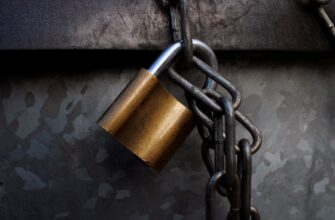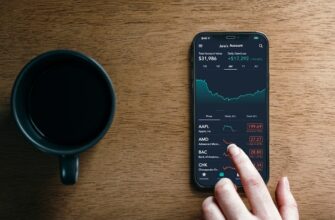- Why Anonymize Your Account Offline?
- Preparation Checklist
- Step-by-Step Offline Anonymization Process
- Step 1: Create Isolated Workspace
- Step 2: Data Scrub & Replacement
- Step 3: Database Anonymization
- Step 4: Permanent Deletion Protocols
- Critical Offline Anonymization Tools
- Essential Security Precautions
- Frequently Asked Questions (FAQ)
- Can offline anonymization be traced?
- How long does the process take?
- Is this legal?
- Can I recover data after anonymization?
- Does this work for mobile apps?
Why Anonymize Your Account Offline?
In today’s digital landscape, protecting your privacy is non-negotiable. Offline account anonymization lets you scrub personal data from accounts without internet exposure, eliminating risks like hacking, tracking, or accidental leaks. Unlike online methods, offline processes ensure your sensitive information never touches servers where it could be intercepted. This tutorial delivers a secure, self-contained approach to anonymizing social media, email, or cloud accounts using only local tools – perfect for high-risk scenarios or privacy purists.
Preparation Checklist
- Air-gapped computer: Use a device disconnected from Wi-Fi/ethernet
- External storage: USB drive for backups and tools (minimum 64GB)
- Data scrubbing software: Download tools beforehand (e.g., BleachBit, DBAN)
- Encryption utilities: VeraCrypt or AES Crypt for file protection
- Account backups: Export all data locally before starting
Step-by-Step Offline Anonymization Process
Step 1: Create Isolated Workspace
- Disable Wi-Fi/Bluetooth on your computer
- Boot from a Linux live USB (e.g., Tails OS) for enhanced security
- Connect encrypted external drive containing tools
Step 2: Data Scrub & Replacement
- Open account data exports (CSV/JSON files) in offline spreadsheet software
- Replace identifying fields:
- Names → Randomized aliases
- Emails → ProtonMail aliases
- Phone numbers → Virtual numbers
- Use regex tools to batch-remove metadata from documents/images
Step 3: Database Anonymization
- Install offline SQLite browser for local database files
- Run sanitization queries:
UPDATE users SET email = NULL;DELETE FROM location_history;
- Validate changes with dummy data tests
Step 4: Permanent Deletion Protocols
- Wipe originals with Gutmann method (35-pass erase)
- Encrypt anonymized files using VeraCrypt containers
- Physically destroy backup drives if discarding hardware
Critical Offline Anonymization Tools
- Metadata removers: ExifTool (images), DocScrub (documents)
- Database editors: DB Browser for SQLite, LibreOffice Base
- Wiping software: BleachBit (files), Darik’s Boot and Nuke (drives)
- Encryption: VeraCrypt (cross-platform), AES Crypt (lightweight)
Essential Security Precautions
- Work in Faraday cage rooms if anonymizing high-risk targets
- Never save logs – disable system logging in live OS environments
- Triple-verify all internet disconnections before handling data
- Destroy temporary files with military-grade wiping standards
- Use gloves when handling physical media to prevent fingerprint transfer
Frequently Asked Questions (FAQ)
Can offline anonymization be traced?
Properly executed offline methods leave no digital trail. Unlike online tools, there’s no server communication or IP logging. Combine with hardware precautions (e.g., public computer use) for maximum untraceability.
How long does the process take?
Expect 2-6 hours depending on data volume. Complex databases with 50,000+ records may require overnight processing. Always allocate extra time for verification steps.
Is this legal?
Anonymizing personal accounts is legal in most jurisdictions, but check local regulations. Never anonymize others’ data without consent. Corporate accounts may violate terms of service.
Can I recover data after anonymization?
No – this process uses permanent deletion techniques. Recovery is impossible without pre-anonymization backups. Always verify backups before scrubbing.
Does this work for mobile apps?
Yes. Extract app data via ADB (Android) or encrypted iTunes backup (iOS), then process files offline. Rooting/jailbreaking may be required for full access.








